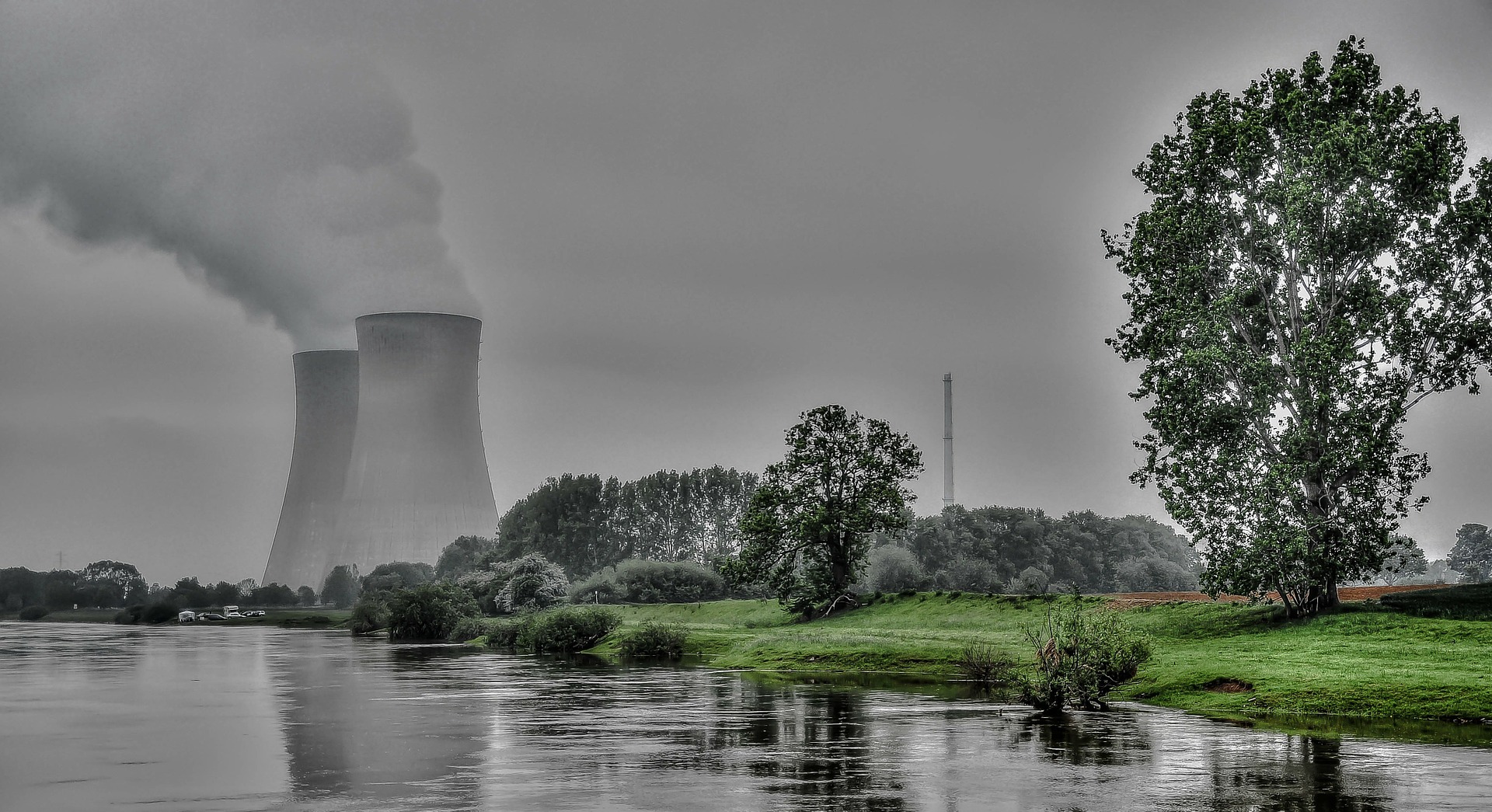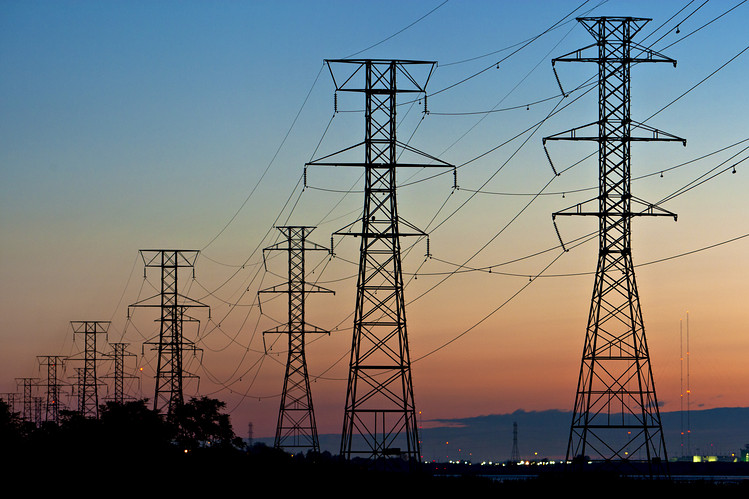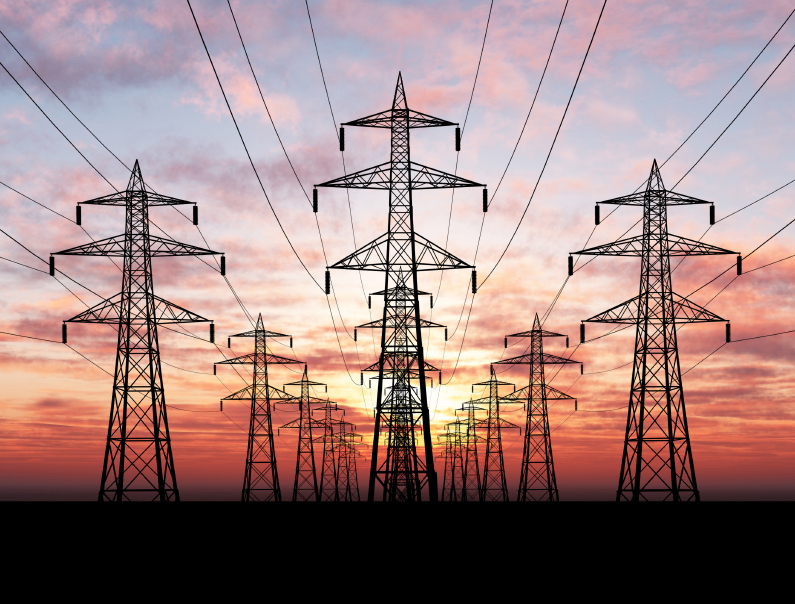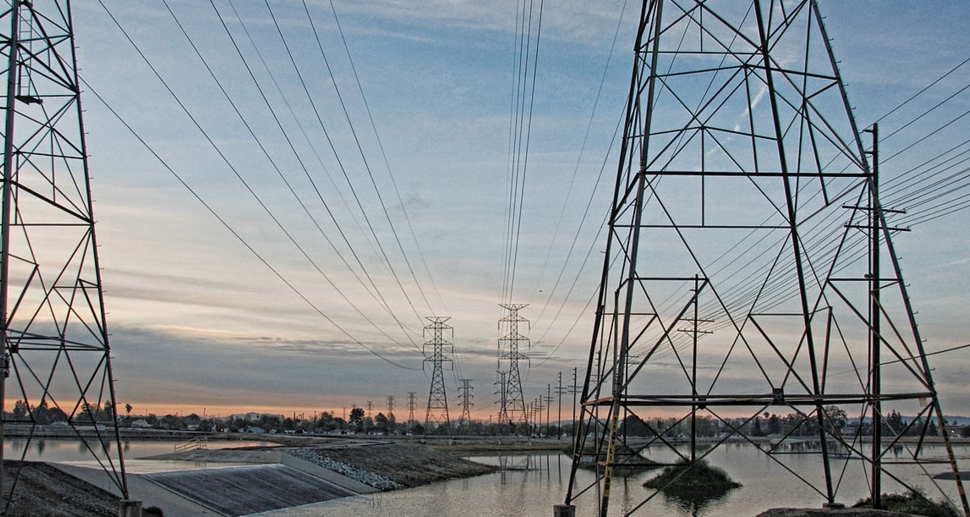Pakistan’s commercial capital could lose 40,000 factories due to worsening energy crisis
06/06/2022 / By Ethan Huff

Rising electricity costs threaten to collapse Pakistan’s commercial capital of Karachi, which would result in the closure of as many as 40,000 factories.
Energy inflation is so severe in Pakistan that nine business groups and counting have already notified the government that something needs to be done immediately or else an economic disaster will ensue.
Home to more than 16 million people, Karachi relies on manufacturing for its economy. Should all these factories close, millions of people will lose their jobs, resulting in widespread social unrest (Related: Nearby Sri Lanka is already seeing this for the exact same reasons).
With an official inflation rate of over 13.37 percent, Pakistan is already seeing widespread discontent that could, and likely will, spiral into unrest and violence, should the situation continue down its current course.
Pakistan’s inflation rate, by the way, is currently the second-fastest rising in all of Asia.
K-Electric Ltd. Karachi’s power utility, recently warned customers that widespread power cuts – the first in over a decade – are likely to occur due to rising fuel costs and supply shortages.
“These current conditions are severely hindering KE’s ability to procure fuel, causing a permanent curtailment of power generation” that translates to as much as 10 hours of planned blackouts in some parts of Karachi, said K-Electric spokesperson Sadia Dada.
Financial contagion, here we come
Since Pakistan is a nuclear power in the region, some suspect that the political elites of that country may stoke a false flag conflict with neighboring India in order to distract Pakistanis from the collapse of their country’s economy.
This might work at first, but unrest will occur either way unless the situation is rectified somehow – which may not even be possible at this point.
“The domino effect of the coming financial contagion is going to be biblical,” wrote someone at Zero Hedge about how this will eventually affect everyone, including in the First World.
“I think it will also bring to mind Dante’s Inferno and the nine circles of hell,” responded another.
No amount of cooking the books or kicking the can will work once this really gets going. And we are already seeing it spread from country to country with haste as a result of decades of globalization.
In order for one country to function these days, a whole bunch of other countries must also be functional. When one drops out of the race, they all suffer, which is soon to be seen with the situation in Pakistan.
Check your clothing tags, as one example. Are any of the things you wear made in Pakistan? What about Sri Lanka? Both of these countries are on the verge of collapsing, which means everything they produce and export will quickly disappear.
As supplies of existing products dwindle and eventually disappear, there will no longer be new supplies to replace them. That is when things will really get interesting on a global scale.
“The imported puppet government in Pakistan refuses to buy oil and gas from Russia,” wrote another Hedge commenter about the real reason why Pakistan is collapsing.
“Before the change in government, Russia was offering Pakistan an energy deal. The current U.S.-controlled government will watch the country burn unless the former leader can somehow take over again.”
“The funny thing is that the U.S. government itself is also installed by whoever stole the elections,” responded another. “I hope it’s not Pakistan; that would get awkward quickly.”
“Sadly, a large percentage of the US population would read such a story and think: ‘It’s a good thing something like that couldn’t happen, here,'” wrote yet another.
News about the ongoing implosion of the global economy can be found at Collapse.news.
Sources include:
Submit a correction >>
Tagged Under:
chaos, civil unrest, closures, Collapse, economy, energy, factories, fossil fuels, fuel crisis, inflation, Karachi, manufacturing, oil, Pakistan, power grid, Sri Lanka
This article may contain statements that reflect the opinion of the author
RECENT NEWS & ARTICLES
Electricity.News is a fact-based public education website published by Electricity News Features, LLC.
All content copyright © 2018 by Electricity News Features, LLC.
Contact Us with Tips or Corrections
All trademarks, registered trademarks and servicemarks mentioned on this site are the property of their respective owners.
















